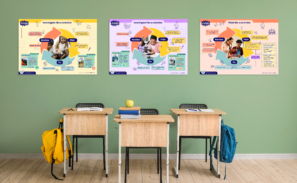
Working scientifically posters
Use these colourful posters to brighten your classroom display and teach students the essential skills for working like a scientist.
3 resources
View Collection253 results

Use these colourful posters to brighten your classroom display and teach students the essential skills for working like a scientist.
3 resources
View Collection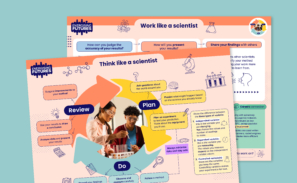
Update your classroom display with this vibrant poster, reminding students of the essential skills for success as a scientist.
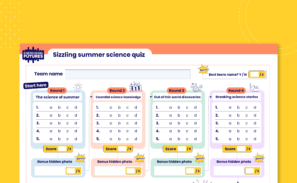
Students use this answer sheet to record their team’s answers to the Sizzling summer science quiz.
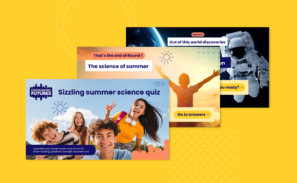
Looking for a fun end of year activity? Use our Sizzling summer science quiz to revise key topics, boost science capital and keep your students engaged until the final bell.
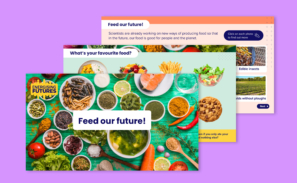
Use this lesson, with video clips presented by Stefan Gates, to recap healthy diets, discover how our food affects our planet and inspire students to come up with a new food for the future.
4 resources
View Lesson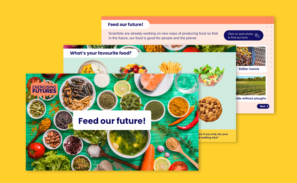
Use this lesson, with video clips presented by Stefan Gates, to recap healthy diets, discover how our food affects our planet and inspire pupils to come up with a new food for the future.
4 resources
View Lesson
Looking for a fun end of year activity? Use our Sizzling summer science quiz to revise key topics, boost science capital and keep your students engaged until the final bell.
2 resources
View Lesson
A selection of engaging lessons for 11-16s that are perfect for sparking group discussions and providing essential knowledge and key facts on a range of topics in the science curriculum.
27 resources
View Collection
Set your students a real-world challenge that will boost their essential science knowledge and enhance their careers connections within STEM industries.
41 resources
View Collection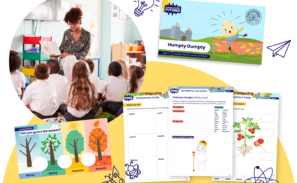
Refresh your teaching of essential science topics with this selection of fun activities. From stories of super scientists to carrying out their own investigations, these resources are guaranteed to get your class excited about science.
40 resources
View Collection
Keep your learners engaged in the run up to the summer holidays and find out what they've learned this year with these curriculum-linked challenges, posters, and lessons.
70 resources
View Collection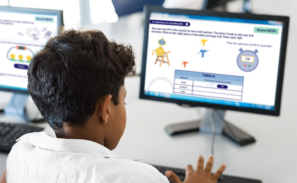
Keep your learners engaged in the run up to the summer holidays and find out what they've learned this year with these curriculum-linked games, posters, and lessons.
81 resources
View Collection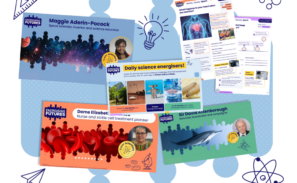
Keep students energised and inspire creative thinking with daily science energisers, curriculum-linked lessons, accompanying worksheets and assemblies.
14 resources
View Collection
From designing electric vehicles to investigating garden wildlife, our hands-on tasks will inspire every budding detective, designer, and curious explorer.
40 resources
View Collection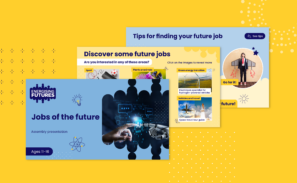
Use this assembly to inspire young people to consider their future careers and to dream big, by highlighting the ever-changing job market and the exciting opportunities that lay ahead for them.
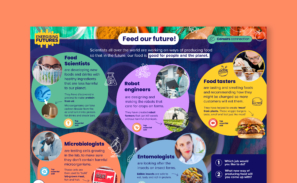
Inspire your budding young scientists with potential STEM careers in the food industry and encourage them to complete the Feed our future! challenge.

Use this presentation, with video clips presented by Stefan Gates, to recap healthy diets, to discover how our food affects our planet and inspire students to come up with a new food for the future.
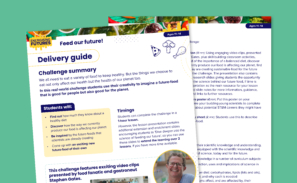
A short guide with curriculum links, and step-by-step instructions for how to deliver the challenge in a 1-hour lesson. Includes ideas for diving deeper, if more time is available.
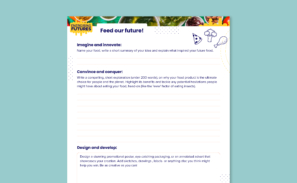
Students use this activity sheet to describe their innovative new future-food.

Use this presentation to celebrate World Ocean Day. Take a quiz about our ocean, discover the issues it’s facing and learn how we can take action to protect it for the future. Also features ocean careers.
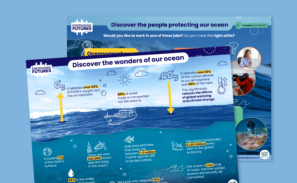
Build awe and wonder with this amazing ocean facts poster and meet Gatsby benchmarks as students discover new careers linked to protecting the ocean.
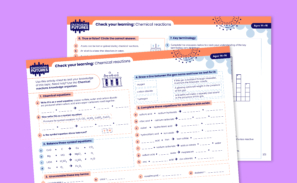
Use alongside the Chemical reactions Knowledge Organiser to support students revise this challenging topic.
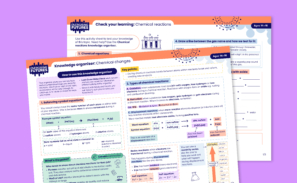
Use this resource to help your students balance chemical equations and learn about different types of chemical reactions.
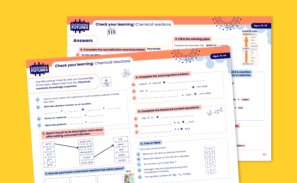
Use alongside the Chemical changes Knowledge Organiser to support students revise this challenging topic.
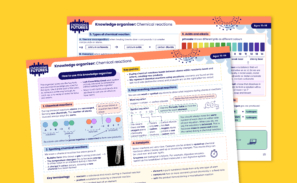
Use this resource to help your students learn about different types of chemical changes and reactions.
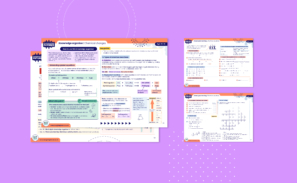
Support your students to grasp key types of chemical reactions using the Chemical Changes Knowledge Organiser. Then, use the Check Your Learning activity sheet to reinforce understanding and identify gaps—perfect for revision or classroom use.
2 resources
View Lesson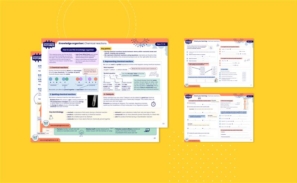
Support your students to grasp key types of chemical reactions using the Chemical Changes Knowledge Organiser. Then, use the Check Your Learning activity sheet to reinforce understanding and identify gaps—perfect for revision or classroom use.
2 resources
View Lesson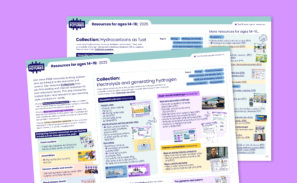
See all Energising Futures resources with direct links, sorted by topic, for ages 14–16 to easily integrate them into your planning.
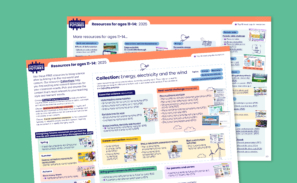
See all Energising Futures resources with direct links, sorted by topic, for ages 11–14 to easily integrate them into your planning.
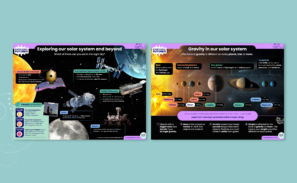
Bring space to life in your classroom with two engaging posters that inspire students to explore man-made objects in space, discover related careers, and investigate gravity, weight, and mass across the solar system.
2 resources
View Lesson